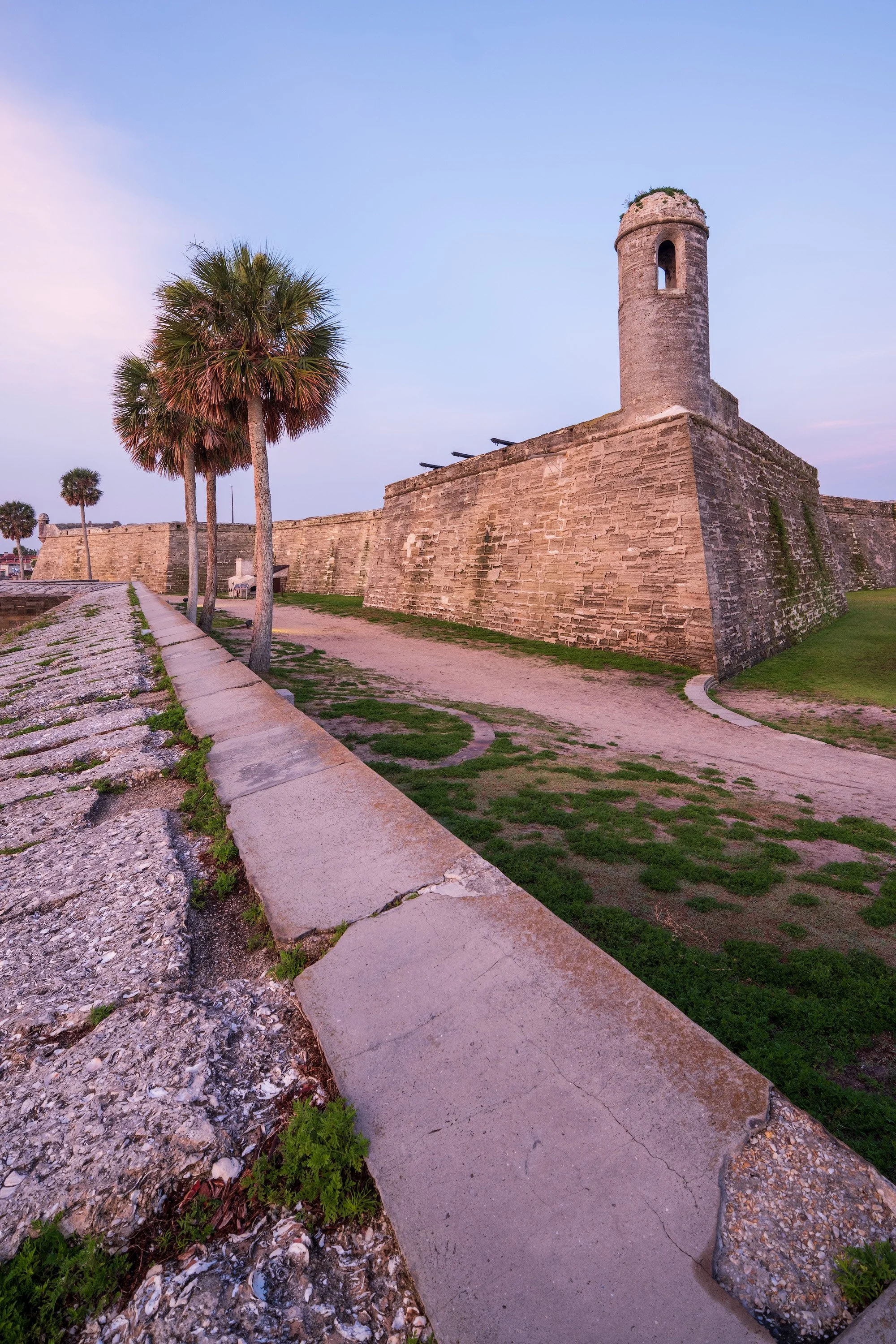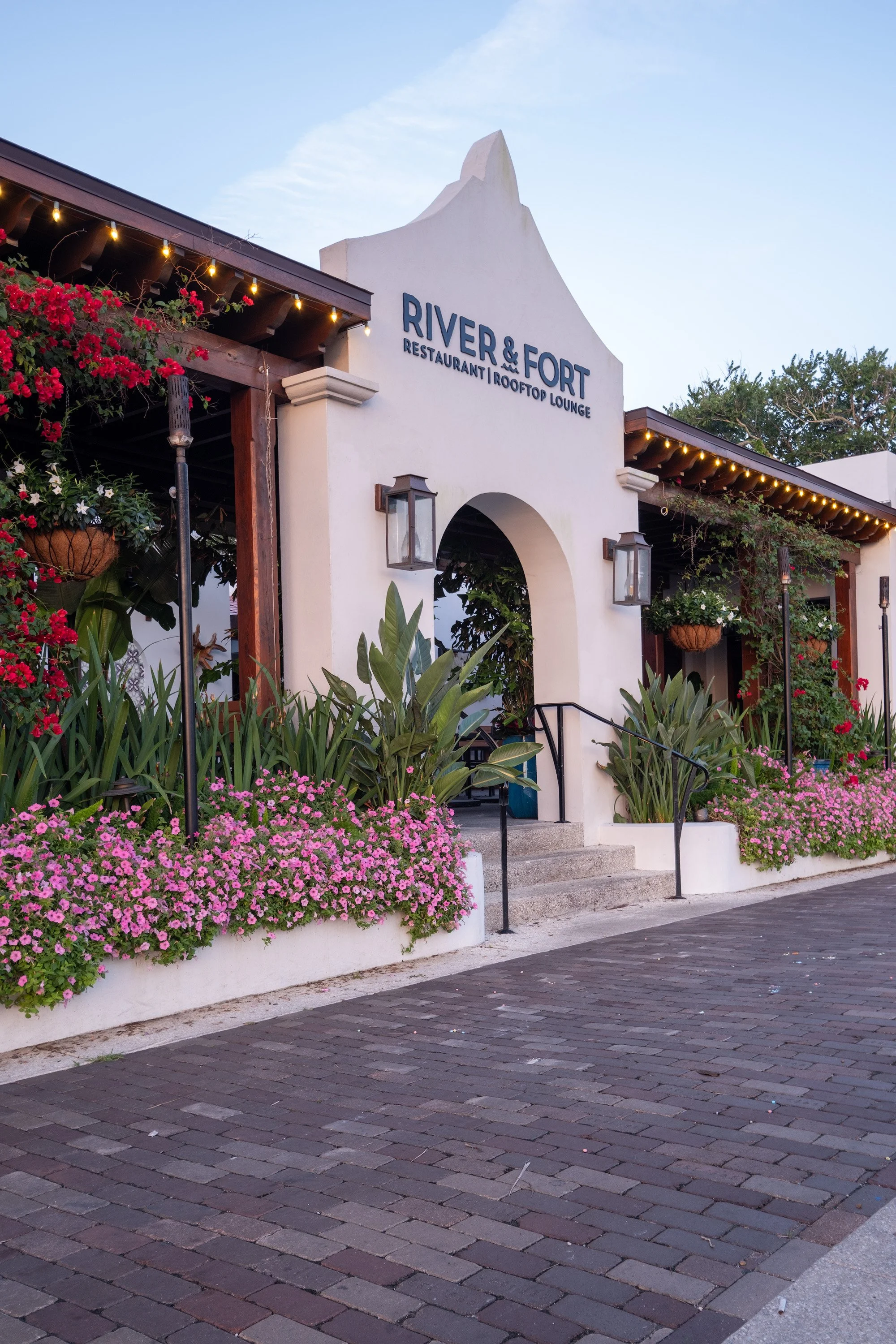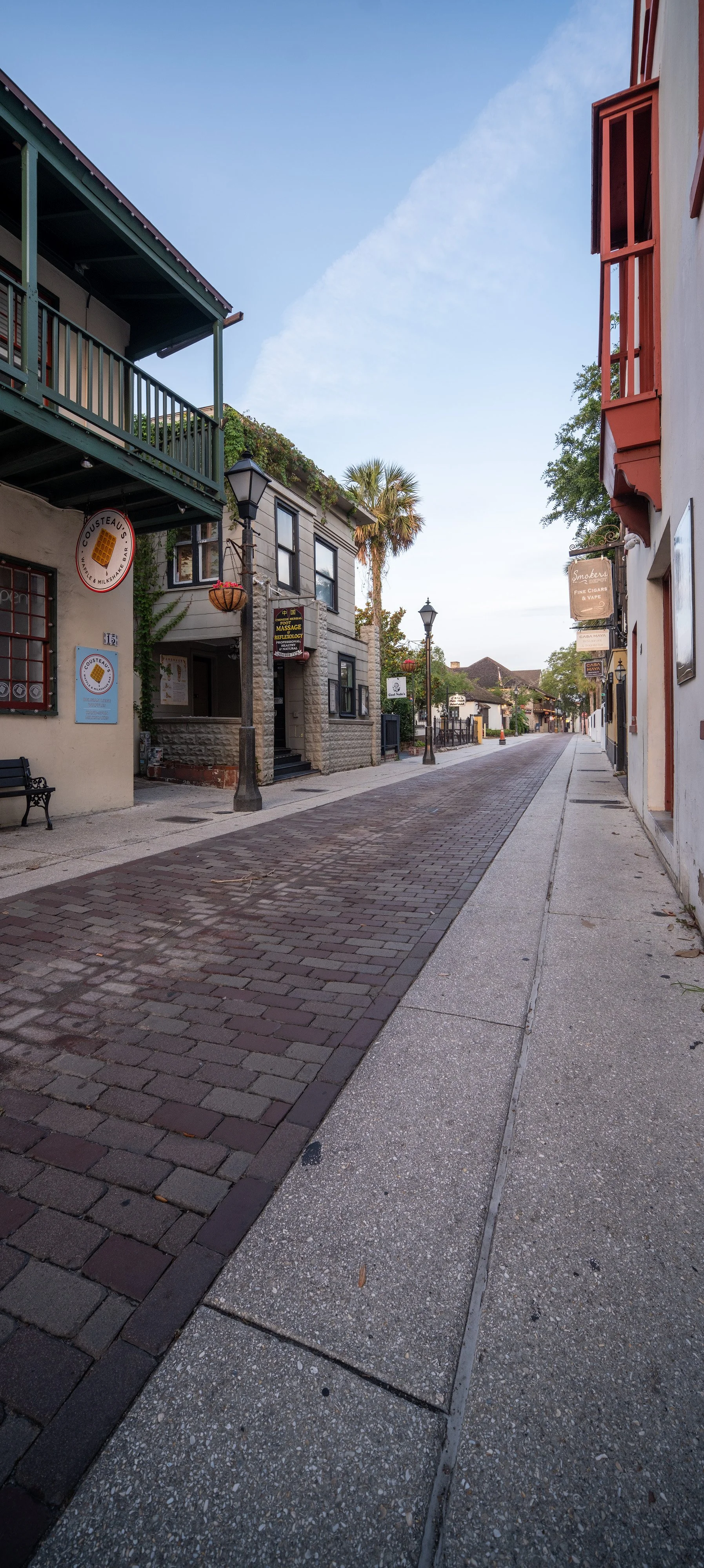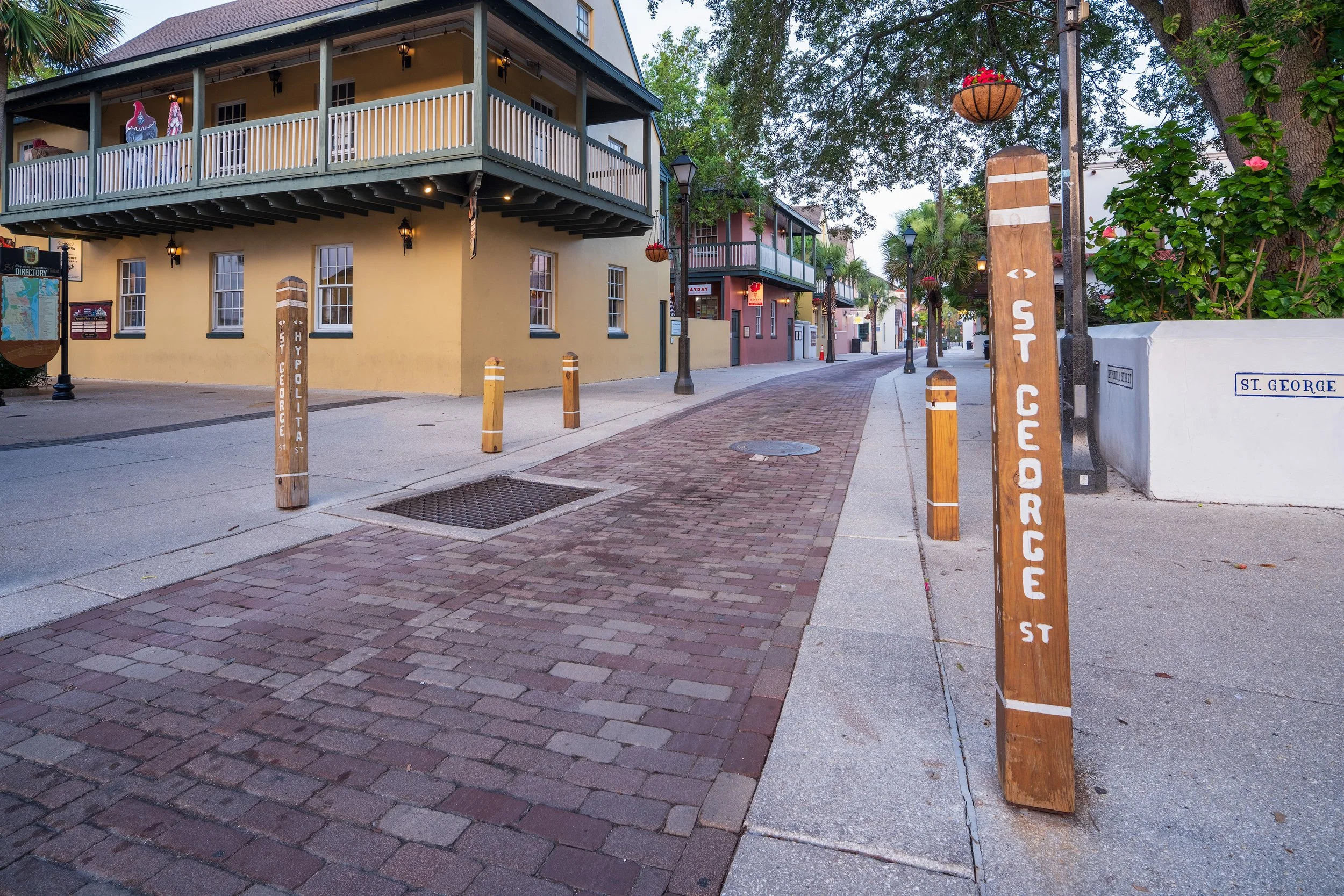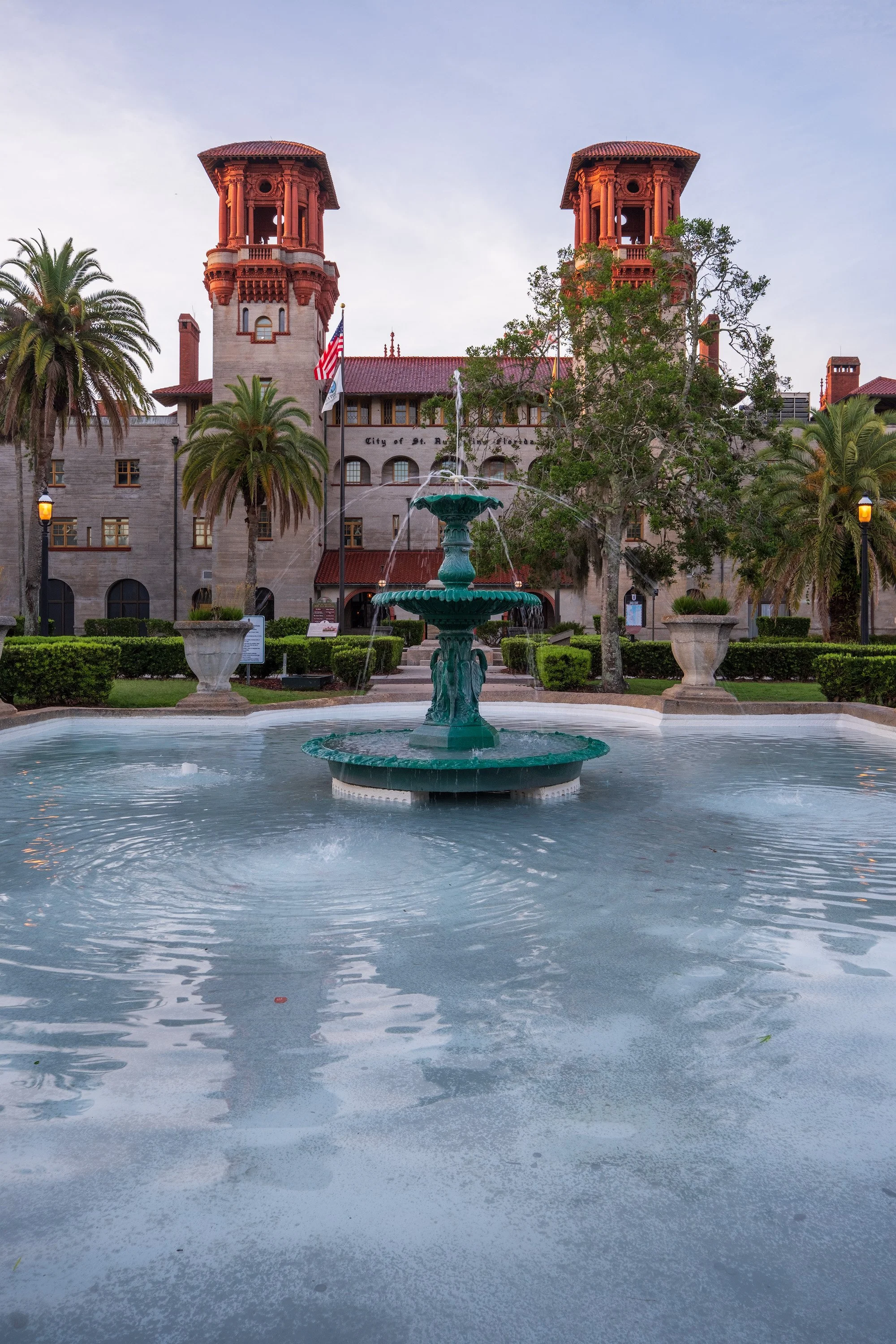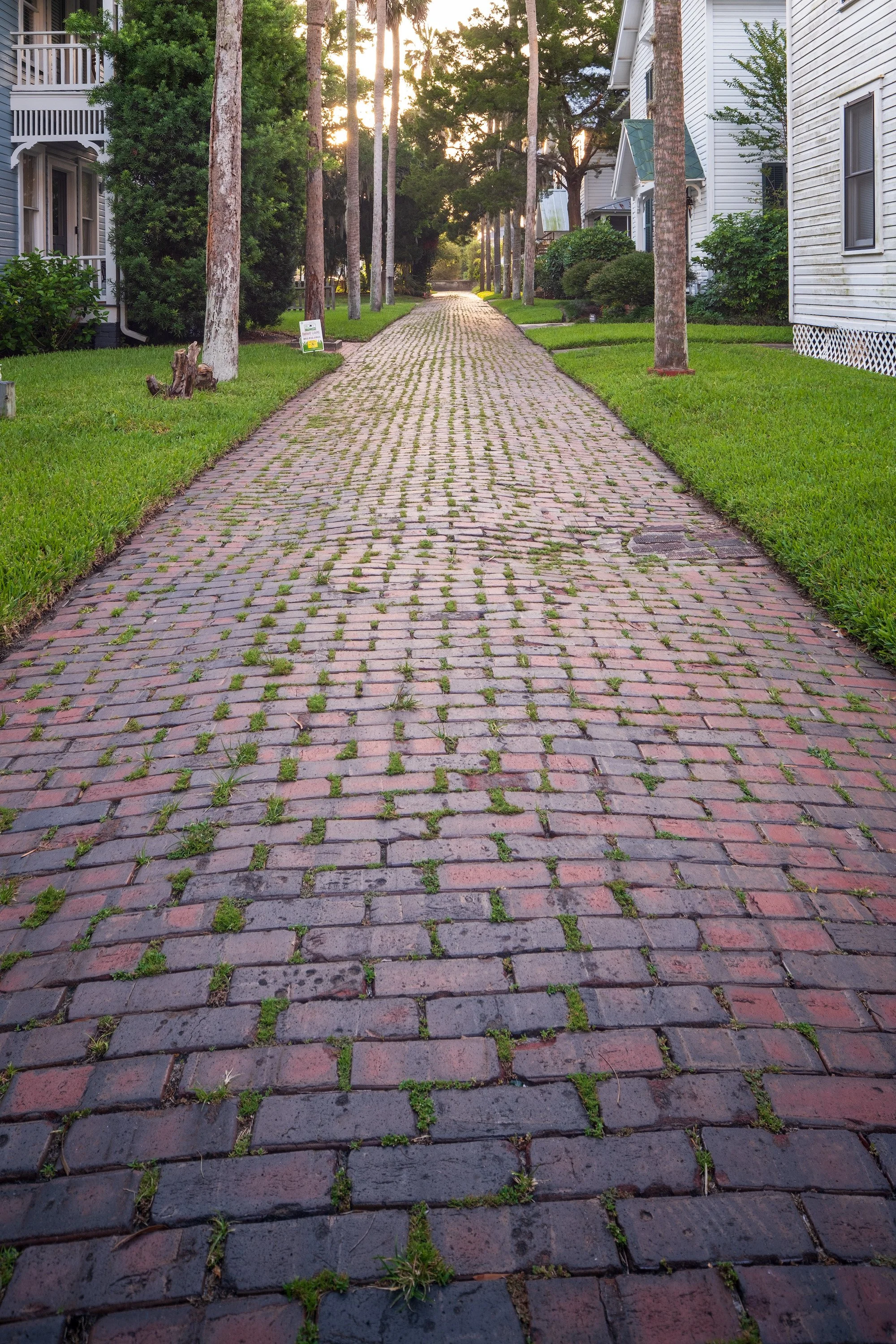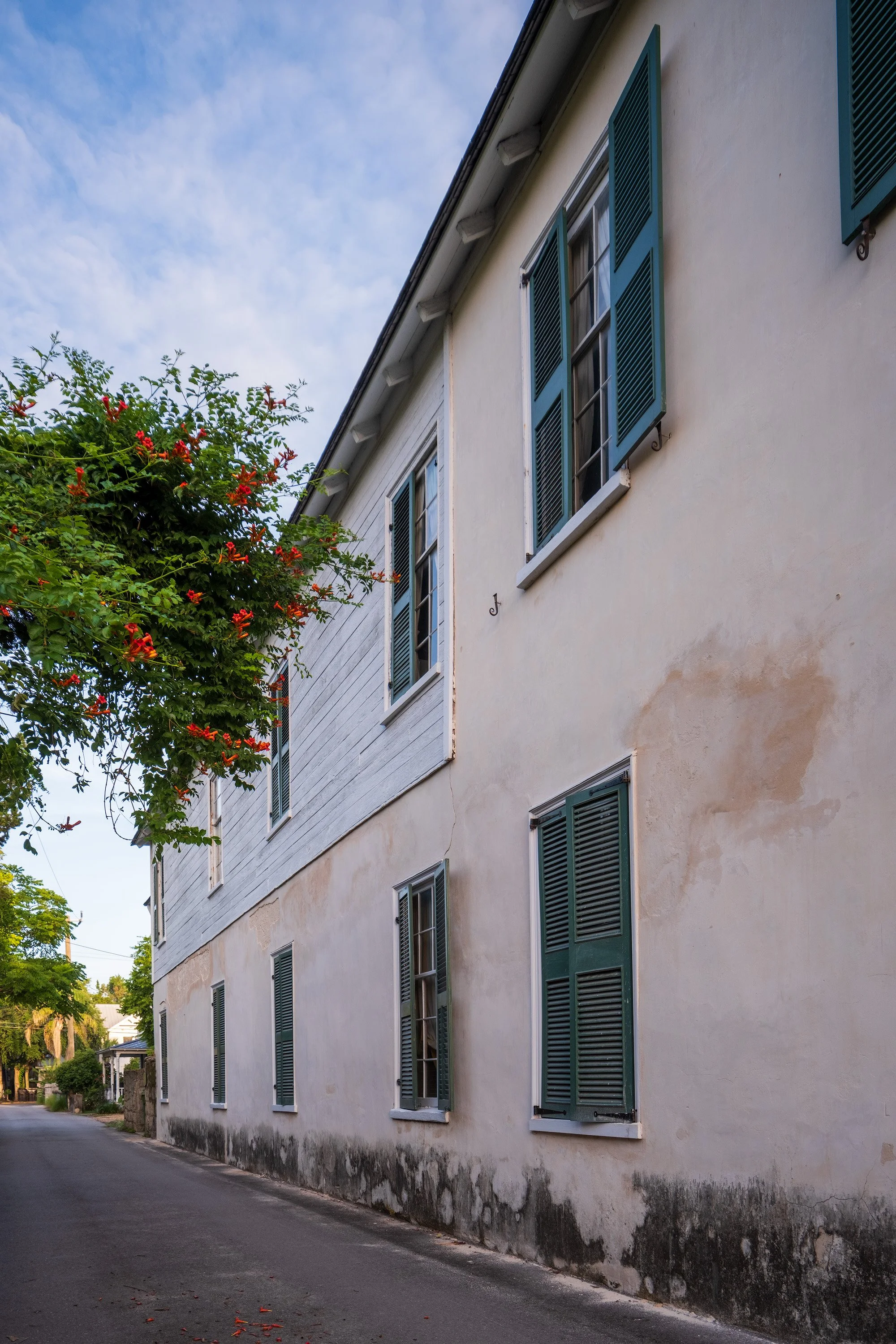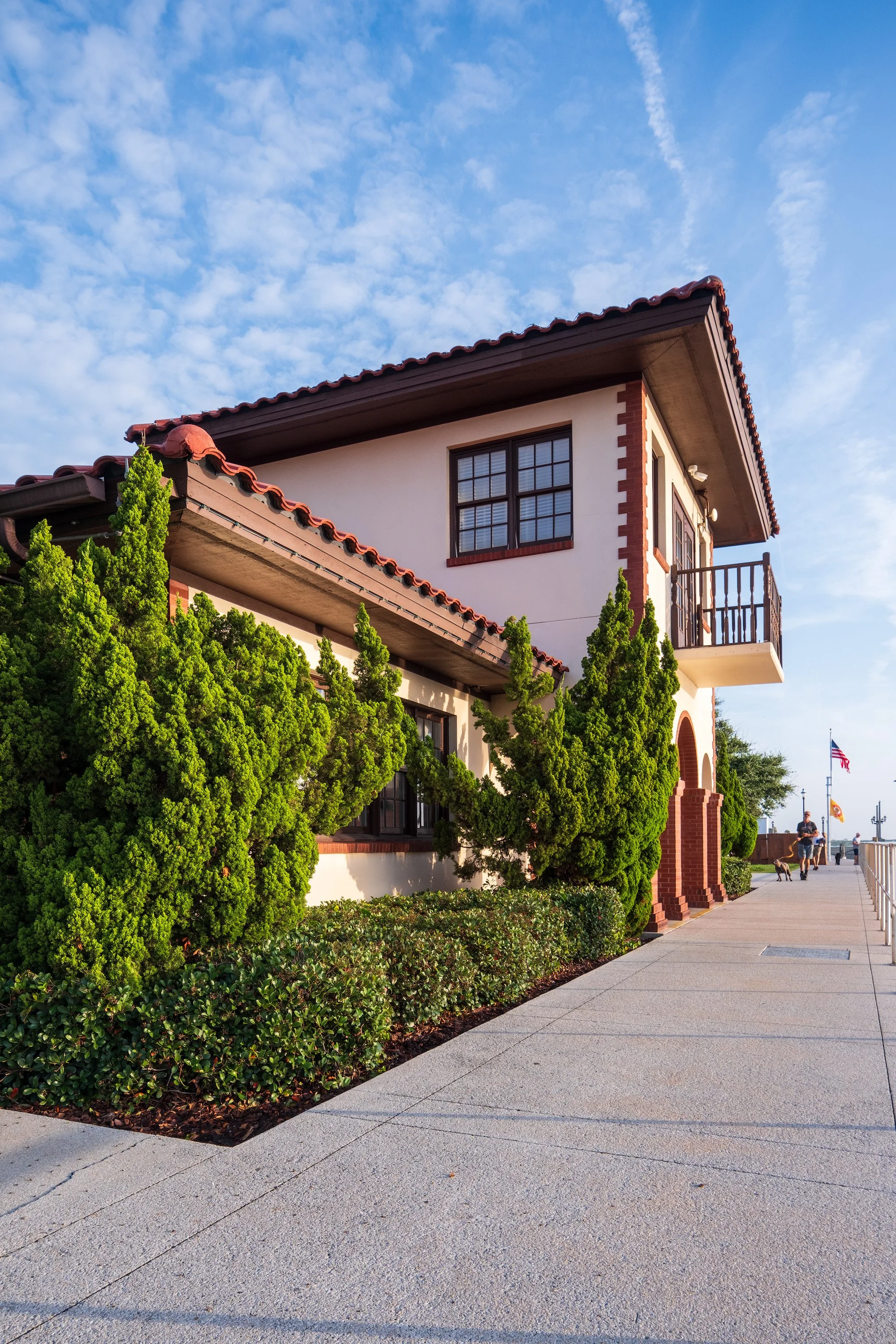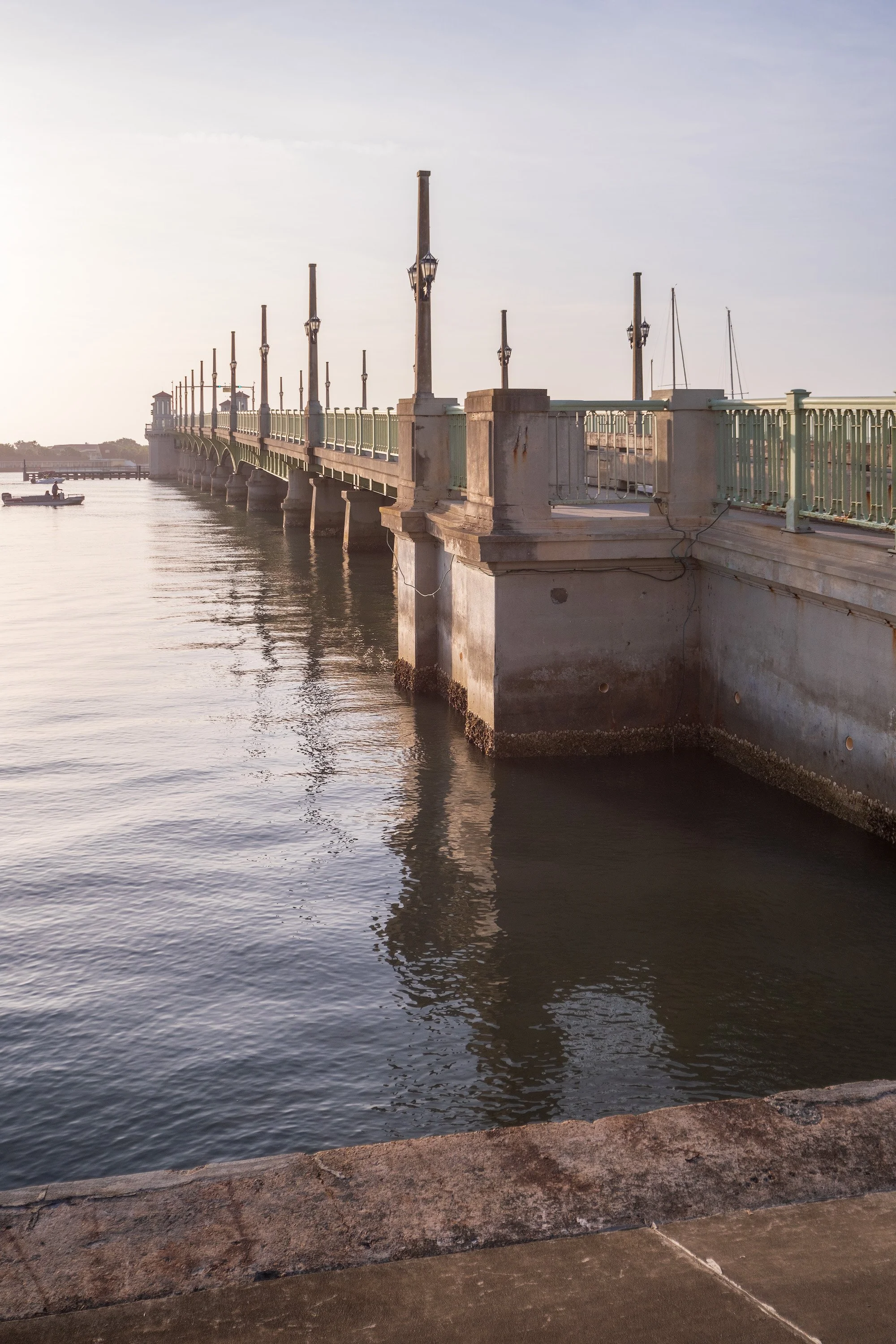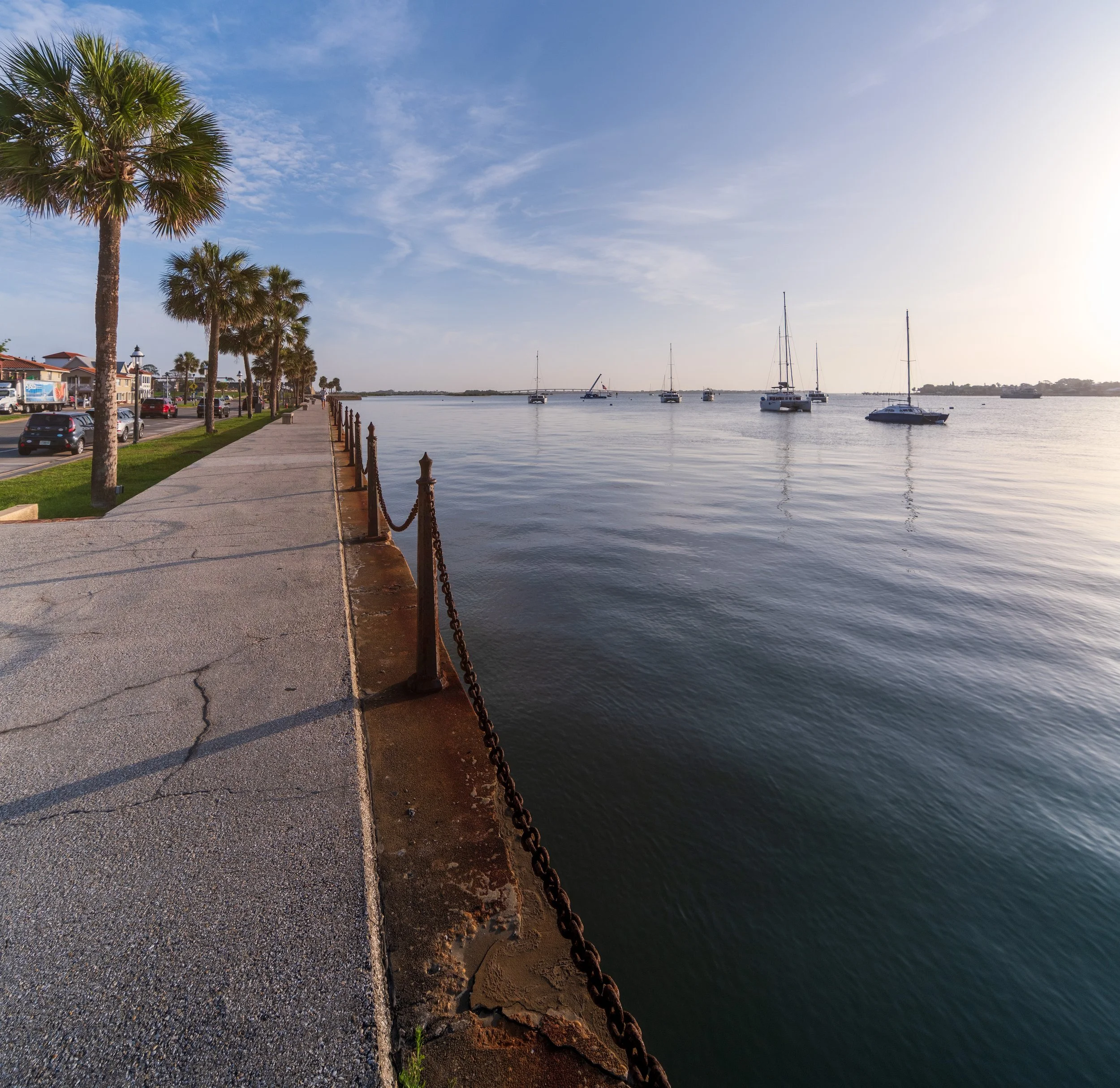Laowa 12-24mm f/5.6 Zoom Shift Review
Laowa 12-24mm f/5.6 Zoom Shift Review – A Creative Tool for Architecture & Landscapes
Introduction
The Laowa 12-24mm f/5.6 Zoom Shift lens is a unique ultra-wide zoom with a built-in shift function, aimed at landscape and architecture photographers who want precise perspective control. This lens is a first ever zoom shift lens and is designed for APS-C cameras.
After spending several weeks using this lens on a Fuji X-T5, I can say it offers a unique and rewarding shooting experience not found anywhere else.
Specs Overview
Specifications:
Format: APS-C
Focal Distance: 12-24mm
Aperture Range: F5.6-22
Angle of View: 102.5° - 63.9°
Shift Capability: ±7mm
Lens Structure: 15 elements in 11 groups
Aperture Blades: 9
Min. Shooting Distance: 5.9’’ / 15cm
Max. Magnification: 0.4X
Focusing: Manual Focus
Filter Thread: ø77mm
Dimensions: 3.9’’ * 3.1’’ / 98.91mm * 80mm
Weight: 1.27lbs / 575g
Mounts: Sony E, L mount, Canon R, Fuji X, Nikon Z, Canon EF-M
Build Quality & Handling
The Laowa 12–24mm f/5.6 feels solid in the hand, with a full-metal construction that inspires confidence. The lens is surprisingly compact for an ultra-wide zoom with shift capability, and it balances well on the X-T5. My only previous experience with a shift lens is the Nikon PC-E Nikkor 24mm f/3.5D ED Tilt/Shift lens and the size difference between the two is significant. The lens itself does not accept filters, but the included lens hood doubles as a filter adapter that will accommodate the very common 77mm filter size. A 77mm lens cap will need to be purchased separately if the photographer wishes to leave it on the lens. However, the included lens cap is probably one of the best designs for a lens I’ve come across and will guard the front element very well. It locks into place and will not be easily dislodged in a camera bag.
The shift mechanism is smooth, with clickless operation that allows for micro-adjustments. The manual focus ring is well-damped, and markings are clearly engraved. However, there are no electronics—no EXIF data or focus confirmation—which may be a deal-breaker for some users. When using it on the Fuji X-T5, the camera will not be able to register the f-stop of the lens and will always show “F0” in the exif data of the photos. It also means not having access to the focal length, which becomes somewhat significant since you are using a zoom lens. By default, the X-T5 uses 21mm as the focal length. The setting can be customized to show whatever focal length you want, but it doesn’t mean anything unless you are constantly updating it everytime you change the focal length.
Due to the compact size of the lens, getting used to the operation initially can require a little more focused attention than photographers may be used to. There are four separate rings on this small lens that are used to make any adjustments needed. The adjustment ring closest to the camera body adjusts the shift, the next controls the aperture, the next controls the zoom, and lastly the largest adjustment ring controls the manual focus. I found the smaller rings for the focal length and aperture to be a little too thin, but are placed so that usability is still adequate. The ring that controls the shift, however, I found to be too small/narrow and adjusting the shift was sometimes more effort than I would have hoped since the shift locking knob and rotation release lever all live in the same area. I often find myself adjusting the aperture ring unintentionally when I shift the lens because they’re so close together. It should be noted that it is more an issue of placement in relation to other knobs/levers than size of the ring.
Something of note that I found a little odd initially is the lack of aperture stops available on the lens. This lens only operates at f/5.6, f/8, f/11, f16, and f/22. Any time I reach for the shift lens I’m looking for front to back sharpness in a scene anyway, so the lack of aperture options isn’t a big deal. I typically set it to f/8 or f/11 and fire away.
Image Quality
Sharpness
If edge to edge lens sharpness is a primary concern, it may be best to look elsewhere. The lens is respectably sharp from edge to edge at 12mm, particularly when stopped down to f/8. At 24mm, it retains good central sharpness, though corners are slightly softer wide open. In real world shooting I found the sharpness to be more than adequate and have no objections with the results. It’s understandable with such a unique lens that there will be some minor compromises, sharpness being one of them if you’re a pixel peeper.
Bokeh
With a maximum aperture of f/5.6, bokeh is not a headline feature—but in close-focus scenarios (as close as 15cm), you can still isolate subjects decently and achieve a soft background. Most scenarios using this lens will not require much emphasis on out of focus areas, but when it’s needed the lens delivers some pleasing out of focus areas, or bokeh.
Color & Contrast
Color rendition is neutral and natural in most cases. If I found one apparent weakness while using this lens it was when shooting towards the sun or placing the sun just outside of the frame. I found that the lens showed a strong lack of contrast and colors didn’t come out looking as natural as I had wanted. This can be seen clearly in a couple of the sample images at the end of this review. The result was sort of a matte effect. It’s kind of a nice aesthetic though, and can be used creatively if you want to work with it.
Chromatic Aberration & Fringing
CA is well-controlled, especially for such a wide-angle lens. Any visible CA can be corrected in post pretty easily.
Distortion & Vignetting
Laowa does not advertise this lens to be part of their “Zero-D” lineup, but claim distortion has been well controlled. I am happy to report that in real life usage Laowa has done a great job minimizing distortion, which is particularly important for architecture work. Vignetting is visible, as expected, when testing the limits of the shift function. It’s not any worse than my previous experience with my Nikon shift lens and can be fixed in post. Adobe currently does not have a lens profile for this lens, and probably never will. For some of the photos I applied the profile they have for the Laowa 15mm zero-D and it worked well to eliminate any vignetting and distortion. In most cases I hardly noticed the vignetting and don’t see it as any type of drawback. In fact, most sample images below do not have any lens corrections applied.
Autofocus Performance
No autofocus here, or with any shift lens—this is a purely manual lens. Fortunately, focus peaking on mirrorless bodies makes precise focusing straightforward. The deep depth of field starting at f/5.6 also helps when zone focusing. This lens, with it’s buttery smooth manual focus ring, has a long focus throw which makes manual focus adjustments a breeze. In my experience with this lens focusing was easy and accurate. Focus peaking on the Fuji only made it easier. When I wanted to make sure I absolutely nailed critical focus I could easily zoom in on my subject on the rear LCD screen and check focus.
Real-World Use / Sample Images
Most will associate shift lenses with architecture photography and this lens provides shooters with an extremely versatile option for capturing photos. Being the first zoom shift lens, photographers shooting their APS-C cameras will have the flexibility of shooting as wide as 12mm (18mm full frame equivalent) or being able to zoom in to 24mm (36mm full frame equivalent). I found the versatility to be a huge benefit when shooting architectural shots. It’s not always practical to zoom with your feet in tighter spaces and having such a wide angle to start with was nice to capture certain scenes.
An underrated, and often overlooked, aspect of shift lenses is how versatile they can be for landscape photography. I enjoy composing landscapes then shifting the lens down to give more importance to the immediate foreground. When used effectively it can give the sense of being on top of the scene looking outward. Sure, this can be done with UWA lenses or by angling the lens down a little, but with the shift lens you don’t have to do that. In fact, this is especially effective at the beach with incoming tides (think rivers as well). The camera doesn’t have to be placed so close to the ground to achieve the desired look. Another benefit of this approach is being able to control the distortion of background objects.
Another aspect of shift lenses that I wanted to test was the ability to shoot panoramas by shooting a 3-image panorama by shifting to either side of center. At either extreme end of the shift (+/- 7), the vignette was noticeable, but that is to be expected. This can come in handy when shooting taller buildings that don’t fit in a single frame, or when shooting narrow streets, or even landscapes that benefit from a little bit more of a scene being captured. Tip: When shooting panoramas with the shift lens be sure to shoot in manual mode. Shifting to each extreme will affect the camera's metering if shooting in any other mode. Dial in exposure for the center image and shoot the others with those settings.
It may go without saying, but this lens should be used on a tripod. Of course it is possible to shoot handheld, but for the best results shifting the lens I highly recommend photographing with a tripod. For starters, this isn’t a fast lens. Shooting handheld will require either ramping up the ISO significantly or shooting in bright daylight situations. To take full advantage of the shift function of the lens it is imperative to start from a level camera position, then shift the lens the desired amount. This is much easier to do from a tripod. Another bonus tip is to check your camera’s built in level before really digging in with this lens. The most effective way to use this lens requires a perfectly level starting point. It’s not a deal breaker, but may save some later frustration when viewing images later on your computer.
Sample images:
Small shift upward: I wanted to show that it’s not always a full shift adjustment that makes a big difference. The unshifted image leans back enough that it affects the overall look of the building. The shifted image is a much more pleasing result and helps make better use of the entire frame. Both images were shot with the exact same settings.
+7 shift upward: This is an extreme example, but shows how useful the shift can be. The vignette on the top of the shifted image was left intentionally to showcase what to expect at the extreme ends of the shift.
Use shift to remove unwanted portions of a scene: This example is to showcase how useful the shift can be to remove unwanted portions of a scene. The scene could obviously be recomposed to eliminate the road with any normal lens, but at the expense of true vertical lines.
+6 shift removes the road, gets the subject in frame, and maintains perfectly vertical lines
Pros & Cons
Pros
- True shift capability in a compact design
- Sharp and low distortion
- Compatible with 77mm filters
- Great for low perspective landscape shots
- Great for architecture and interiors
- Competitive price ($699 USD at the time of this review)
- Internal zoom
- Easy panoramas
- Accepts filters with the included lens hood/filter adapter
Cons
- Manual focus only
- No electronic contacts (no EXIF)
- Aperture limited to f/5.6
- Slight learning curve with shifting
- Shift limited to +/- 7mm
- Small lens means small adjustment rings
Alternatives
There are none if you are looking for a shift zoom lens. Regarding shift lenses in general, if you’re an X-mount shooter there is only one other shift lens option with a native X mount, and that lens is made by 7Artisans. A majority of the shift lenses out there are designed for full frame cameras, but can be used with APS-C cameras that share common lens mounts. Fuji shooters don’t enjoy that luxury and need to rely on the use of adapters to expand the available options. I have adapted the Nikon 24mm Tilt/Shift lens on the X-T5 and it is big and awkward. Also consider that shift lenses don’t have lens collars and become very imbalanced on smaller mirrorless cameras.
Who Should Buy This Lens?
This lens is ideal for:
Architecture photographers
Real estate shooters looking for distortion-free interiors
Landscape photographers wanting wide perspectives with creative framing
Budget-conscious professionals
Deliberate shooters that don’t mind a slower pace
It’s not for:
Low-light shooters
Autofocus-dependent users
Portraiture
Photographers who can’t or don’t want to use tripods
Verdict / Final Thoughts
Should you buy this lens? Yes and no. If you’re looking for a shift lens, then the answer is absolutely YES! It’s not a perfect lens, but the versatility is outstanding and it is a blast to use. If you’re simply looking for a wide angle zoom to add to your kit then I’d recommend looking elsewhere.
The Laowa 12–24mm f/5.6 Zoom Shift is one of the most unique and versatile tools for architectural and landscape photography on a budget. While the all-manual operation isn’t for everyone, those who embrace it will find a lens that enables images few others can match—especially in this size and price range.
Where to Buy
FAQ
Q: Does the Laowa 12-24mm shift in both directions?
A: Yes, it shifts ±7mm in both horizontal and vertical directions depending on camera orientation. The lens can also be rotated 360 degrees (in increments of 15 degrees) to accommodate any desired outcome.
Q: Is this lens good for video?
A: I can’t speak from experience on this, but I would not recommend this shift lens for video applications unless the user has a specific creative use in mind that takes advantage of the shift functionality.
Q: Can this be used as a normal wide angle zoom lens?
A: Absolutely!
Q: Can filters be used with this lens?
A: Yes, the included lens hood is threaded to fit 77mm filters.
Q: Is this lens weather sealed?
A: No, this lens is not weather sealed.


